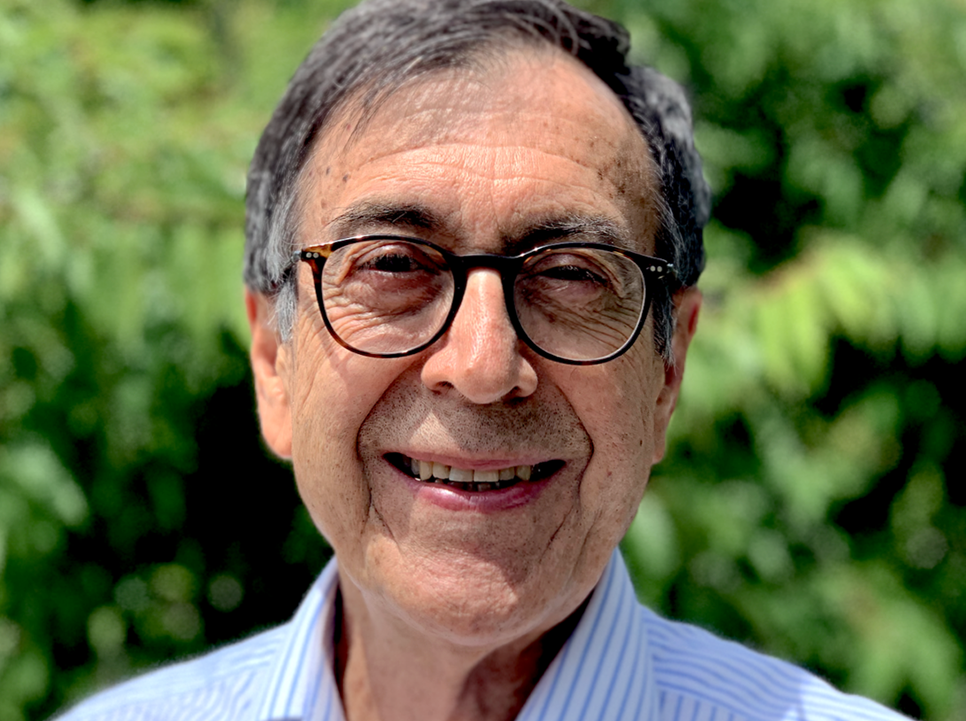09.10.2024 | Published by bit.bio

09.10.2024 | Published by bit.bio

The second Wednesday in October is celebrated as Stem Cell Awareness Day, an annual observance aimed at educating the public about stem cell research and its potential to revolutionise medicine. It serves as an opportunity to raise awareness about stem cell therapies, scientific advancements, and the ethical considerations surrounding stem cell research. To celebrate the day, we interviewed Professor Roger Pedersen, our Chief Scientific Advisor.
Roger is a pioneer and thought leader in the field of human stem cell biology. His lab was the first to isolate pluripotent epiblast stem cells from the epiblast layer of the developing mammalian embryo. In addition, he developed one of the first cellular reprogramming protocols. Roger was co-founder of the Cambridge Stem Cell Institute. His lab is currently focused on differentiation of pluripotent stem cells, with potential applications for drug discovery, toxicity testing and cell therapies.
I was fortunate to be working on human pluripotency in the 90’s and following the first publication on the discovery of human pluripotent stem cells (hPSCs) (Thomson et al., 1998), few people realized the extent to which these represented an entirely new biological material. Because hPSCs were initially derived from cultured human blastocysts, they were generally presumed to be similar to mouse embryonic stem cells (mESCs), which had previously been derived from cultured blastocysts (Evans and Kaufman,1981). Research by ourselves and others revealed, however, that the biochemical requirements for maintenance of hPSC pluripotency differed markedly from that of mESCs. Moreover, the conditions for differentiation of germ layer lineages (endoderm, ectoderm and mesoderm) also differed between mouse and human cells. Investigating the source of these differences, we discovered that they represented a developmental difference, mESCs being an early stage of “naïve” pluripotency and hPSCs being a later stage of “primed” pluripotency (Brons et al., 2007). This discovery opened new insights in the human stem cell field, including the current burgeoning research on the self-organisation of naïve hPSCs as models for peri-implantation human embryonic development. We went on to reveal that transcription factors mediate hPSC differentiation (Bernardo et al., 2011, Mendjan et al., 2014), propelling us to use transcription factors directly to forward programme hPSCs to specified cell types (Moreau et al., 2016), a foundation pillar on which bit.bio was built.
bit.bio addresses the challenges of consistency and scalability through its proprietary opti-ox technology, which uses safe harbor integration of gene regulatory cassette and lineage-specific transcription factors to achieve sustained high-level programming of hPSCs into mature cell types (forward programming). The technological innovation of consistency and scalability achieved using opti-ox forward programming overcomes the previous limitations of low yields, protracted culture times and heterogeneous output achieved using cytokine-directed hPSC differentiation.
I am excited about the future commercial and clinical applications of hPSC research that become feasible through the consistency and scalability achieved using opti-ox technology. The limitations of low yields, protracted culture times and heterogeneous output using cytokine-directed differentiation have impeded the commercial and clinical development of the hPSC field for the previous 2.5 decades and are excitingly superseded using opti-ox forward programming.

Opportunities abound for new researchers in stem cell biology, both in achieving commercially and clinically valuable cellular products, but also in modelling human development and tackling the challenges of understanding human disease. Moreover, with broadening biotechnology and larger pharma interest and investment in stem cell research, career opportunities for stem cell researchers are more abundant than ever. My advice: Be curious - discovery opportunities are unlimited.